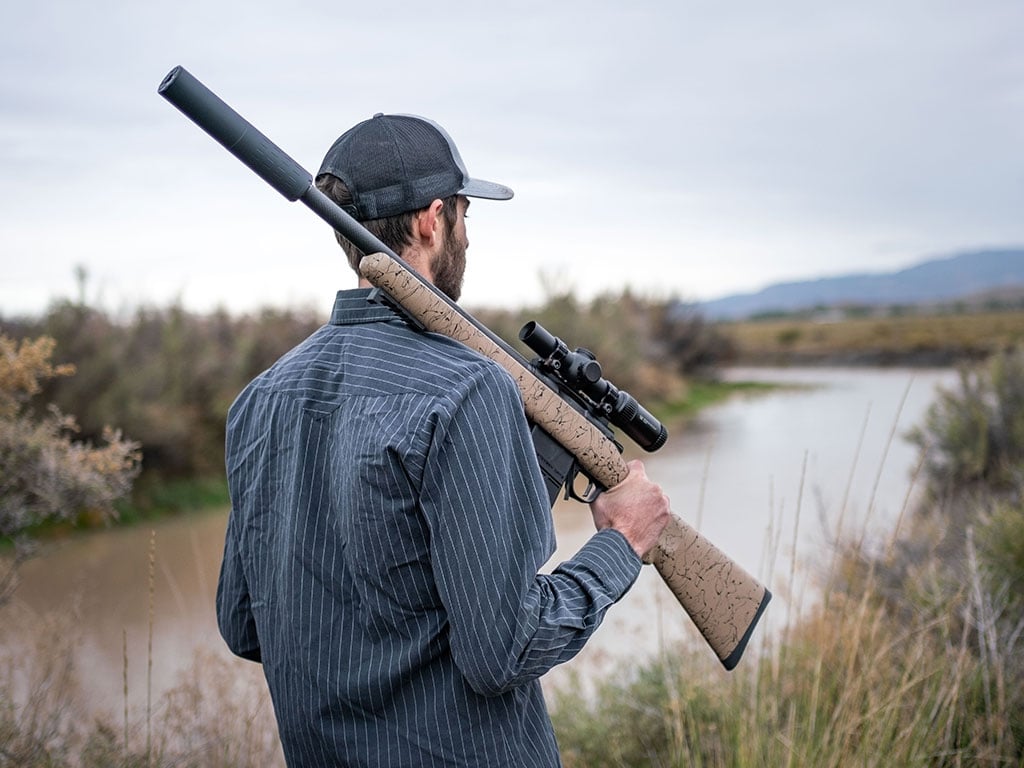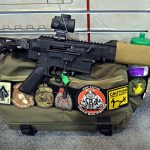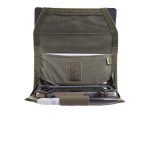The Ridgeline Scout: Christensen Arms “Scout Rifle”
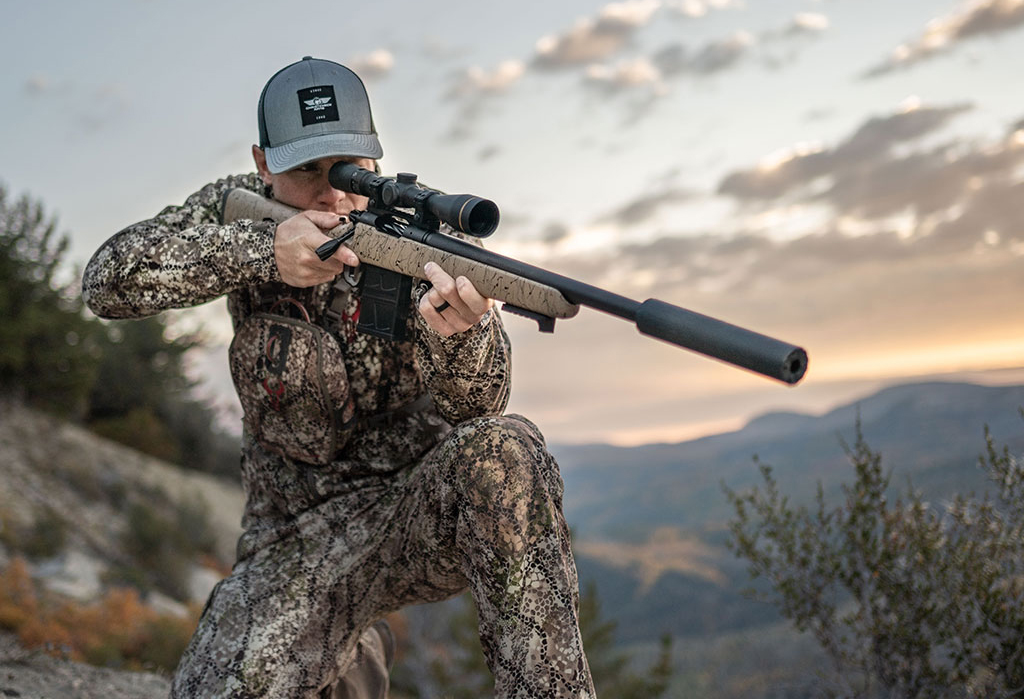
The Ridgeline Scout is Christensen Arms’ take on the Scout Rifle concept. True to that sort of weapon’s intended design, they say it’s a rifle created for “…situations that require a light-weight, compact firearm such as hunting from a ground blind, tree-stand, or possible use as a truck gun.”
Initial versions available are chambered in .300 BLK, .223 RENM, 6.5 CRDMR, and .308 WIN. All have a barrel length of 16 in., though the twist rate necessarily differs.

Stephen Graham, Christensen Arms Senior VP of Marketing, says,
“We are excited to add the new Ridgeline Scout rifle to the Ridgeline series. The intent was to offer shooters the same familiarity and performance of the Ridgeline in a shorter, more compact, system/ This Ridgeline Scout has the same accuracy potential and dependability as our field-proven Ridgeline rifles, as they share many of the same features, technology, and components.”
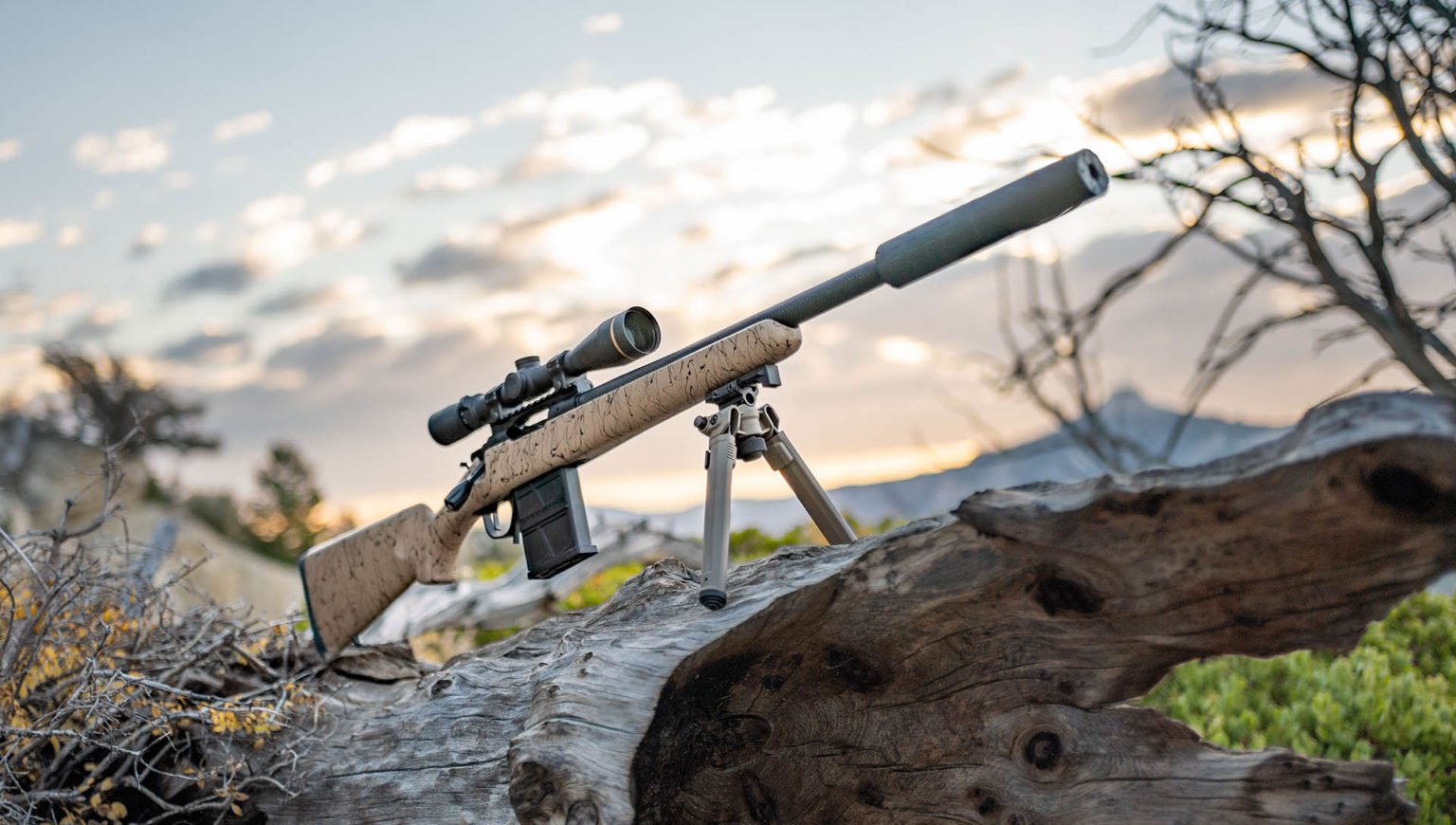
Here’s the rest of what we know from the release.
Christensen Arms Ridgeline Scout Rifle
Building upon the ever-popular Christensen Arms Ridgeline series), the Ridgeline Scout is a purpose-built, bolt-action rifle chassis that combines all the best features of the Ridgeline into a new compact scout rifle. Specialized features include a Black-Nitride® coated action, 0-MOA optic rail, barricade stop, a 10-rd AICS drop-box magazine, and a flat-shoe Trigger Tech® trigger, all on a tan and black carbon fiber composite Sporter stock.
Weighing in at just 5.9 lbs., the Ridgeline Scout is available in four calibers all with a 16” muzzle-threaded barrel creating an ideal suppressor host. Most Ridgeline Scout rifles are backed by the Christensen Arms Sub-MOA Guarantee.
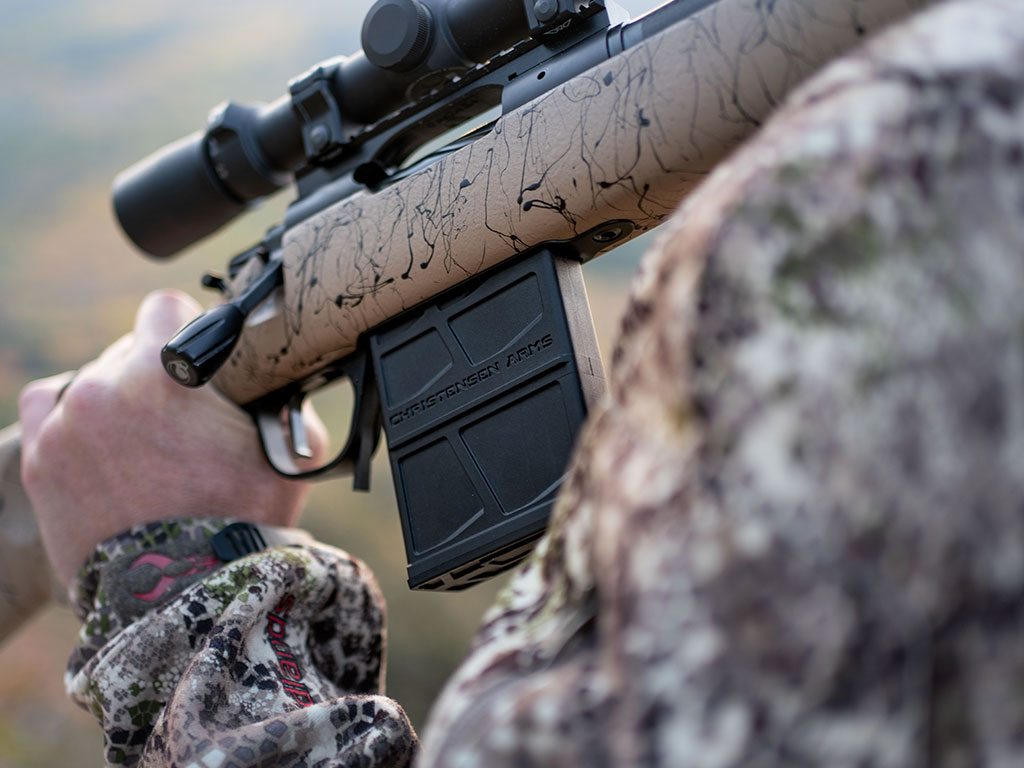
Ridgeline Scout Specifications
Chambering: Barrel Length: Twist Rate: Overall length:
.300 BLK 16” 1/7 37.5”
.223 REM 16” 1/8 37.5”
6.5 CRDMR 16” 1/8 37.5”
.308 WIN 16” 1/10 37.5”
Learn more here.

ALSO. Should you decide that you need one of these, Christensen Arms suggests the following steps to properly break in your barrel.
Ridgeline Scout Barrel Break-In
Proper barrel break-in will smooth the bore of your barrel to create better consistency and accuracy. With today’s demand for accuracy, most high-quality barrel makers lap their barrels to remove minor tooling marks and create as uniform a finish as possible. This is generally done when the barrel is at the “blank” stage before the barrel has been contoured, crowned, and chambered. While this lapping technique provides great results, the post-lapping machining during the chambering process adds additional tooling marks. However it is possible to lap the barrel after the chambering process, it is very difficult and can damage the throat or create uneven gas venting behind the bullet which can lead to poor accuracy. Live fire barrel break-in can minimize these potential problems and is much more fun!
Proper barrel break-in consists of a series of shooting and cleaning sequences. Although many different break-in sequences exist, the following has been developed over the last 15 years, and is very simple, and has given excellent results.
First, make sure that the barrel is clean and free of any oil or solvents from the manufacturing process. Once clear, fire 2 three-shot groups.
With the bore guide inserted, run a solvent-soaked patch through the barrel, breach to muzzle, removing it at the muzzle. Repeat this with a new soaked patch 3 times or until no black is showing on the patch. Then scrub the barrel back and forth using the caliber-correct nylon brush soaked with solvent. Ensure the brush completely exits the muzzle and chamber before reversing direction. Repeat 20 times for a total of 40 passes through the barrel. Follow this step with a dry patch until it comes out clean and dry.
Next, using the undersized brush, run a solvent-soaked patch through the barrel, scrubbing back and forth for a total of 20 passes through the barrel. Again, ensure the patch exits both ends of the barrel before reversing direction. You will notice a blue tint on the patches from dissolving copper residue. Repeat until no blue/copper residue is found. Follow with dry patches until they come out clean and dry
Fire another 2 three-round groups for a total of 6 rounds.
Repeat steps 1-4 until you have fired a total of 50 rounds. 50 rounds are usually sufficient to smooth out the surface of the barrel lining and “break-in” your barrel. As your barrel breaks in, you will notice that it will clean faster and without using as many cleaning patches or solvents.
